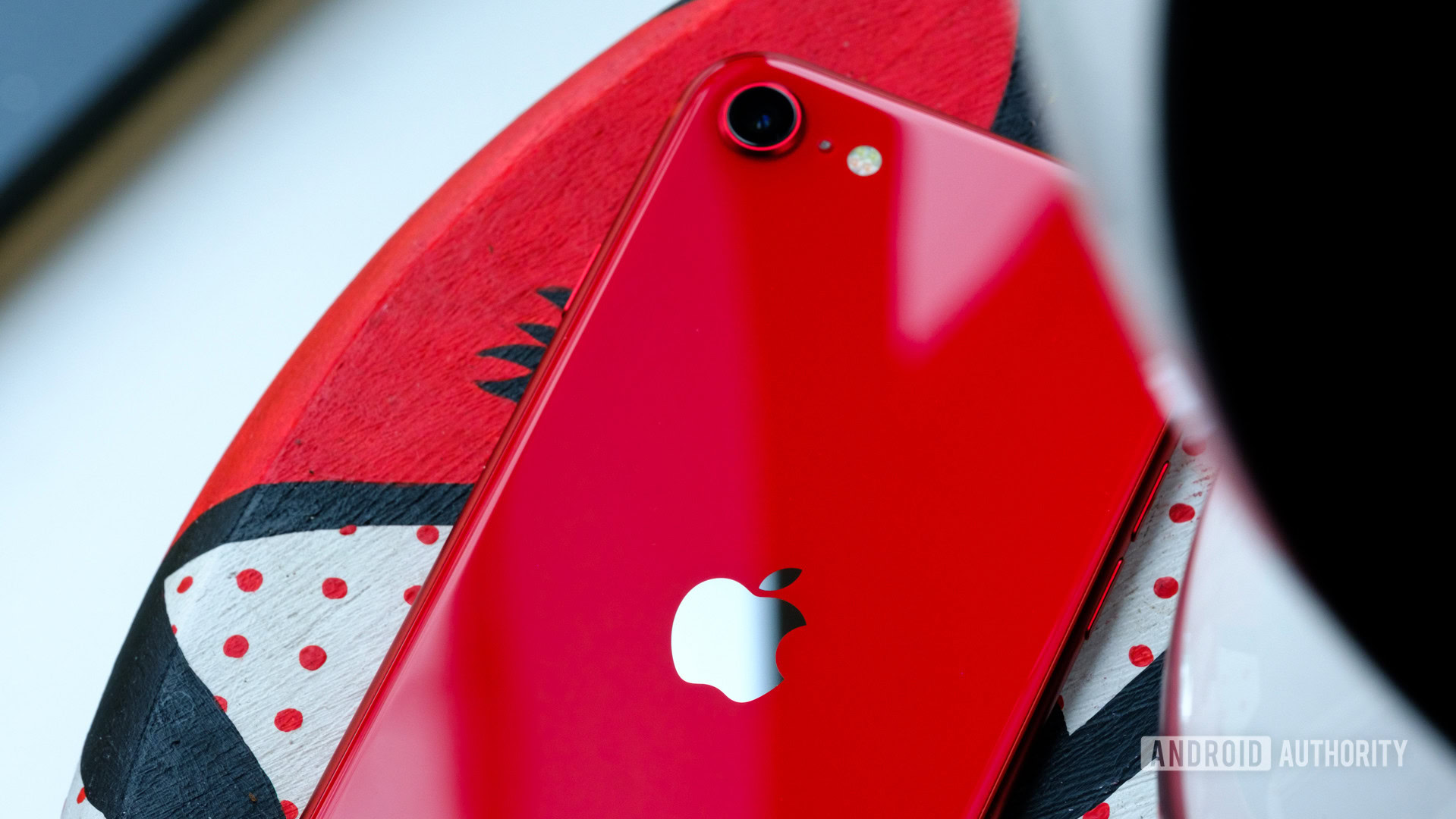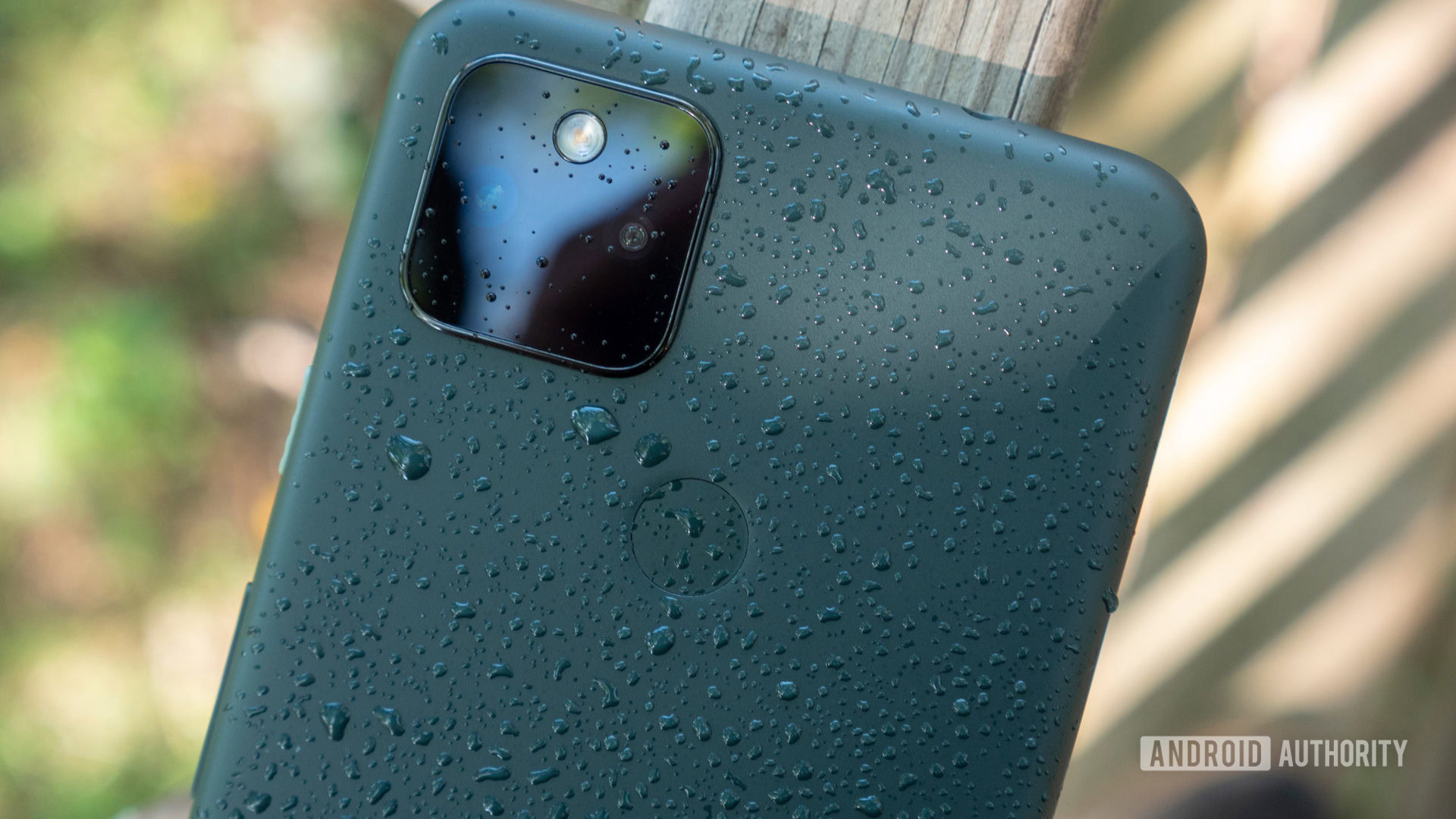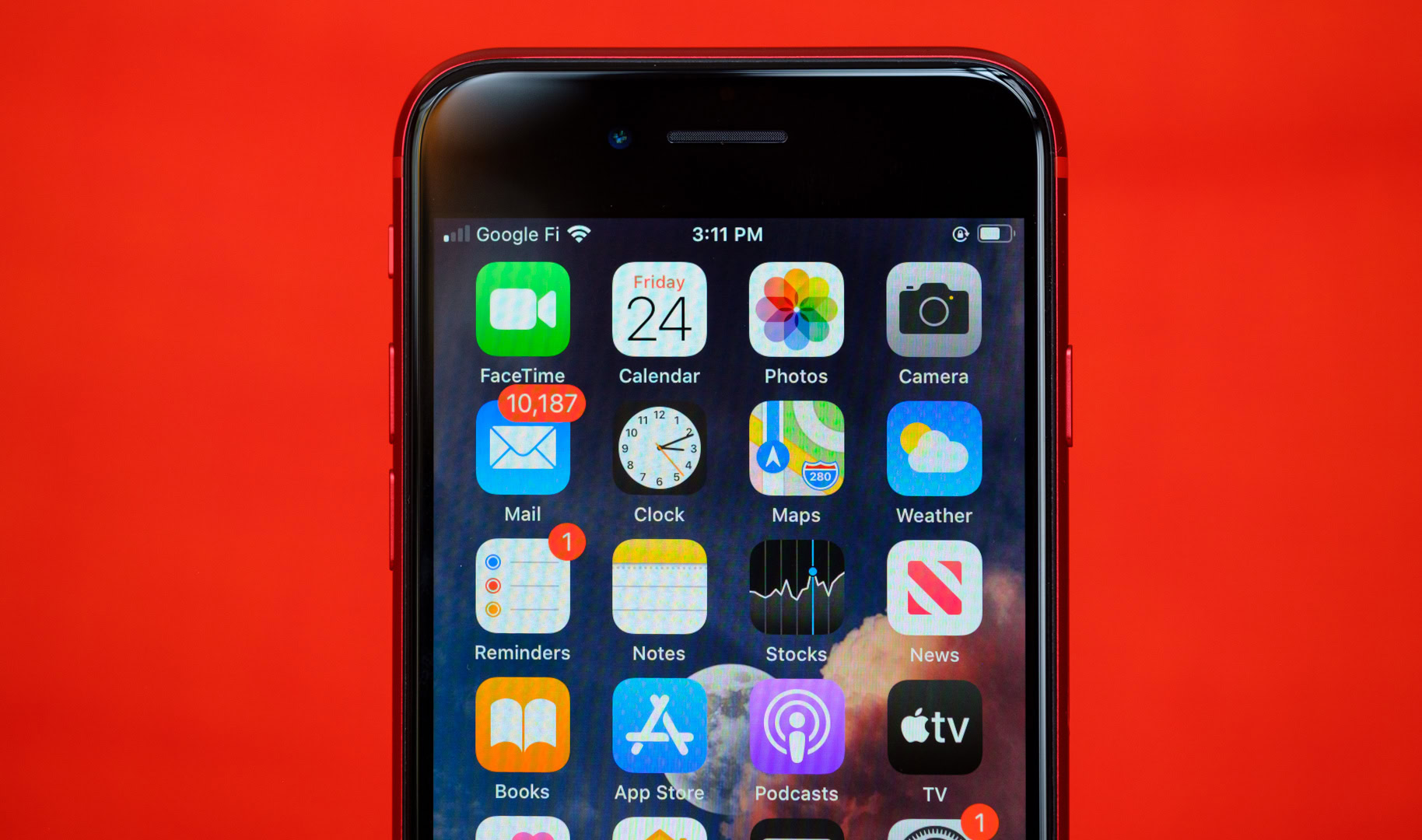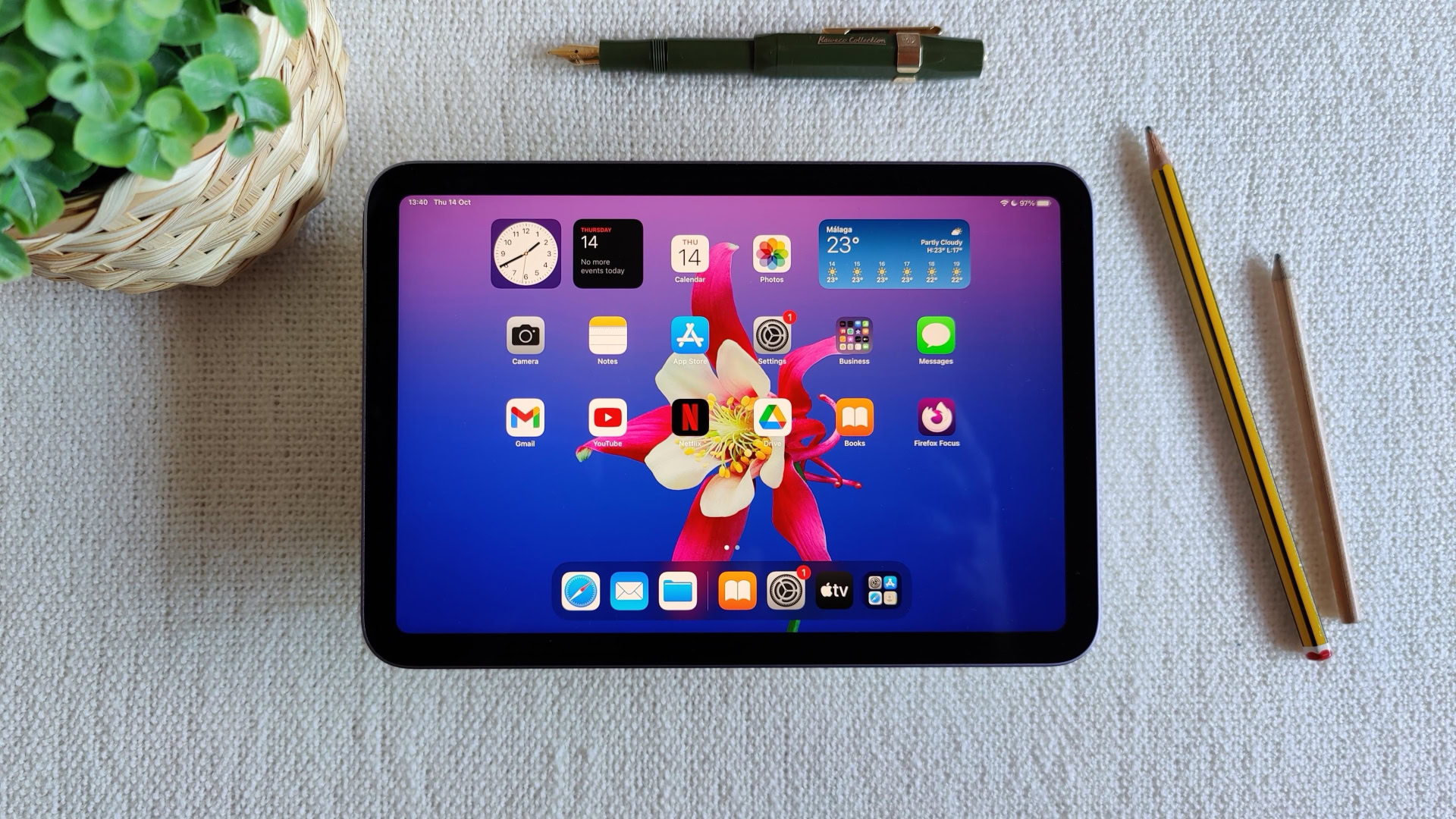Affiliate links on Android Authority may earn us a commission. Learn more.
Sorry Apple, 64GB of fixed storage just doesn't cut it in 2022

Remember when Apple upgraded the base storage in its iPhone 13 series to 128GB? The mood around the internet was one of “Thanks, Cupertino, it’s about time.” Well, Apple seems to have unlearned that very lesson — or at least decided that there are limits to who deserves enough storage to get by. This week, it launched a brand-new iPhone SE and an M1-powered iPad Air but kept 64GB of storage on the base model of each.
Sorry, Apple, it’s just not good enough anymore. In fact, it hasn’t been good enough for a while now. A quick look at the competition is more than enough to tell you that.
What does a dollar get you?

The iPhone SE is unique among Apple’s ecosystem. It’s smaller, more affordable, and rocks a familiar — if very dated — design. However, it’s slowly but surely becoming less appealing, especially in the face of improving budget and mid-range markets. You can get a lot for $429 these days — the iPhone SE’s base price — and even more if you’re willing to spend closer to the maximum $579 fee.
Google’s Pixel 5a is a perfect example. It costs $449, just a shade more than the iPhone SE, yet it offers 128GB of base storage and 6GB of RAM. The budget-friendly Pixel adds a second rear camera to the mix, too.
You can get a lot for around $429, just not in the Apple ecosystem.
If you want to compare a device closer to the top-specced iPhone SE, the base model Pixel 6 costs just $20 more. Google’s affordable flagship starts at $599 but offers a full flagship experience rather than a dated design capped off by a 4.7-inch display. It packs a 6.4-inch display, an upgraded rear camera (with Google’s image processing prowess), and Gorilla Glass Victus all around. Yes, you get Apple’s premium A15 Bionic chip on the iPhone SE, but is 256GB of storage worth the extra $150?
I should clarify — I’m not saying that 64GB of storage is unacceptable across all phones. However, it has no business being around a $429 asking price. Samsung’s Galaxy A13, for example, is a proper budget device, offering 64GB of storage and 5G speeds for just $249. In this case, the storage feels more appropriate for what you’re paying. Even better, the Galaxy A13 offers expandable storage thanks to the microSD slot onboard — not something that the iPhone SE can match.
It’s hard for us to say exactly what Apple is paying to put 64GB of storage on its iPhone SE compared to what 128GB would cost. However, we can look at the difference in microSD card costs for a bit of a hint. A basic 64GB microSD from SanDisk would set you back about $14, while the jump to 128GB is just $21. Granted, these are public prices, so Apple would probably pay even less given the massive volume. Regardless, if an extra $7 upgrade is too much on a phone that costs $429, then Apple probably has bigger problems to work out. The company can charge $19 for a cleaning cloth, it can probably find a way to cover the expense.
See also: The best budget phones you can buy
Saved by cloud storage?

If you’re worried about limited onboard storage, throw things into the cloud, right? Well, sure, you can do that. However, the cloud doesn’t always work as a catch-all solution. Apple is happy to give you a small 5GB chunk of iCloud when you sign up, but it’s pretty easy to fill that and more. After all, many phones — including the iPhone SE — are capable of 4K video or sharper, which chews up storage in a hurry.
Once you run out of storage, you’ll have to pony up a monthly fee to save more of your own stuff. Apple’s costs aren’t unreasonable, starting from around $1 per month for 50GB, but you have to remember that there are things you can’t save to the cloud. Some of the most popular apps like WhatsApp or Facebook start relatively small but can quickly balloon to take up over 1GB before you realize it.
The cloud is great for photos and video, but games and operating systems still chew up your precious storage.
If you’re hoping to add games like Call of Duty Mobile, that’s 2.4GB right off the bat. You could delete it when you’re not playing, but then you have to face down another huge download to bring it back to your phone. Add other games like Hello, Neighbor (1.7GB) or Asphalt 9 (2.6GB), and your 64GB of storage really starts to evaporate.
There’s one more significant piece of your iPhone that you can’t simply add to the cloud — iOS itself. My iPhone 12 Pro registers around 8.5GB for the system, and that’s with a few updates on top.
All told, an impressive cloud setup can’t save you from limited fixed storage. The SE might not have quite the creation chops of its iPhone 13 siblings, but it has the A15 Bionic heart to stay in the game. It’s ready to capture crisp shots and power through mobile games, but the low storage forces you to play favorites and carefully pick what you want to use your phone for.
Looking for cheap cloud storage? These providers offer the most space
What about the iPad?

So the iPhone SE launched with 64GB of base storage, but surely Apple is only kneecapping its budget phone, right? Well, no. The new iPad Air is powered by the vaunted M1 chip and has the makings of a productivity beast, with 5G support, Apple Pencil support, a beautiful 10.9-inch Liquid Retina display, and… 64GB of base storage.
Granted, the iPad family used to launch with just 32GB of onboard storage, so Apple has already raised the floor once. Unfortunately, it only increased from a sub-basement level to a basement level. 64GB of storage is still the default for almost all iPads, save for the iPad Pro.
The M1 iPad Air is billed as a performance machine, but its base storage suggests otherwise.
That base storage, much like on the iPhone SE, gives the powerful processor a very shaky base to stand on. What good does the impressive M1 do you if you have to carefully calculate the storage that each new app will take? Apple wants you to edit your photos and videos into even more impressive works of art, but that eats through storage, too. The 10.9-inch Liquid Retina display should be brilliant for games and movies, but you might spend too much of your time playing Tetris trying to keep all of your favorites close at hand. And let’s not forget that you’ll probably keep your iPad for many years. 64GB may be borderline manageable now, but what about in 2025 or 2026?
Apple’s powerful new tablet also costs a decent $599. By comparison, you can get Samsung’s base model Galaxy Tab S8 with 128GB of storage and an included S Pen for $699. If you wanted to add an Apple Pencil to your new iPad, you’re looking at an additional $120 or so. Once you start to add things up, a top-spec iPad Air with 256GB of storage and an Apple Pencil will cost you somewhere around $879. The same configuration of a Galaxy Tab S8 costs $779, and Samsung offers a far more generous trade-in policy, no matter where your device came from.
Of course, you already know that Apple’s 64GB of storage policy isn’t enough. We polled you as soon as the announcement wrapped up, and you were more than happy to tell us (by a two-thirds margin) that it’s just not enough — at least not without a microSD slot.
At the end of the day, Apple seems pretty convinced that 64GB of storage is enough in 2022. If you plan to use your new device to the fullest, you already know that it’s not. We can hold out hope that the microSD slot makes its triumphant return, but in the meantime, I’ll be spending my money elsewhere.
Find your fit: Your guide to the best tablets you can buy
Update: This article previously incorrectly stated that the new iPhone SE doesn’t have an IP rating. That sentence has been removed. Both the iPhone SE 2020 and 2022 are IP67-rated.